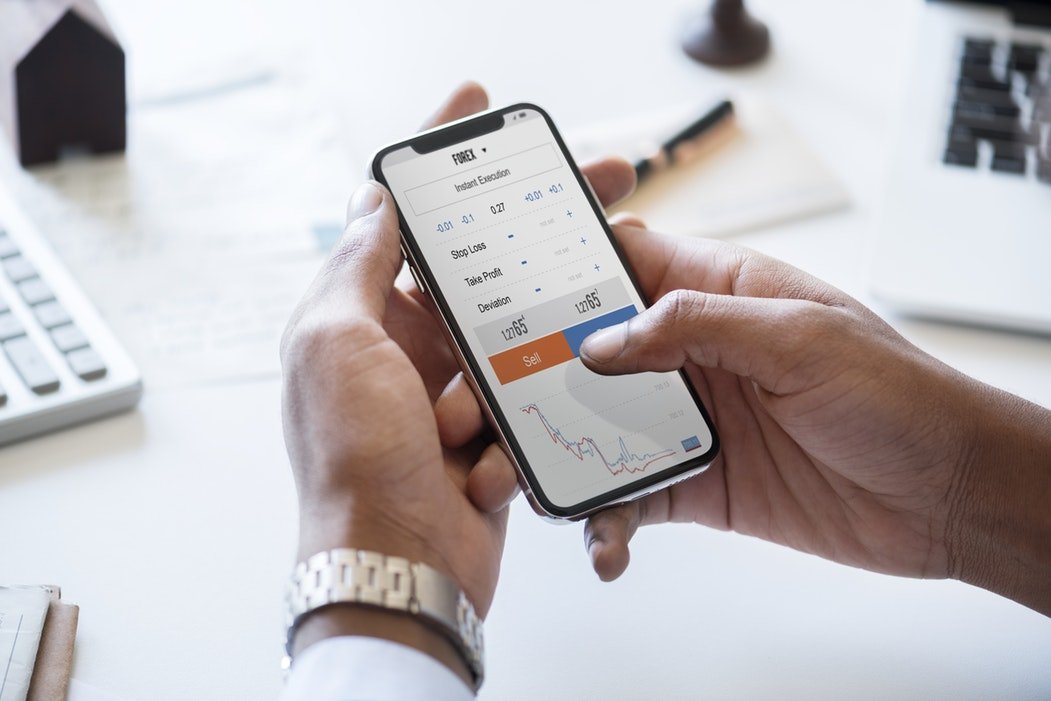Featured
What you should know about program trading
One advantage of program trading is that the emotions of traders or investors are not at play here since computer programs do the trading.

Technology is a useful ally in life—from home to work and even play. But beyond these aspects, it is also being used in investing, namely in program trading, which is the purchase or sale of a group of 15 stocks or more with a market value of $1 million or more.
Nasdaq defined program trading as a trade based on signals from computer programs that are entered from a trader’s computer to a market’s computer system and executed automatically.
Moreover, Investopedia stated that program trading uses computer algorithms to buy or sell various securities. Institutional investors like hedge fund managers or mutual fund traders will find it useful as it can be used to execute large-volume sales. In this method, the risk is reduced by placing orders at the same time while taking advantage of market inefficiencies.
While program trading is defined as large-volume trading made by systems which are usually automated and based on a program or idea, there is more to this type of trading method.
In a separate Investopedia article, the term “system trading” is also interchangeably used with program trading. The former refers to a methodology that produces program trading if done in a sufficient volume. Also, there are certain program trades that can be generated by a system-trading methodology.
Moreover, program trades are almost always executed by computers, but there are exceptions. For instance, if a company wants to sell a basket of 15 stocks amounting to $2 million, it could distribute the sale among several brokers.
Kinds of program trading
Depending on the services and costs offered to consumers, program trading is usually divided into these categories, per Udemy:
Principal trading
Principal trading is a type of transaction wherein a trader buys the whole portfolio from a secondary market like NASDAQ and NYSE at a price that was agreed upon in advance. Before selling the stocks, the broker keeps them so as to make a profit through the appreciation of prices.
For example, when a customer buys or sells a stock through a brokerage, the firm’s portfolio will be used in accomplishing the client’s orders. The brokerage firm earns a profit.
Agency baskets
Also called agency trading, this method is not only popular but also a complex way of fulfilling a client’s orders. The broker’s role is to find the best price or the lowest-cost deal if buying securities. Clients will ask a broker to fulfill a position and find a replacement party in a certain market for the position.
For instance, if an investor wants to buy securities for a fixed price, the broker will find another person who is selling stocks at an agreed price. Once a broker secures the other party, the securities exchange will record the transaction. This way, the dealer earns via commissions.
Basis trades
This program trade method allows a trader to make an attempt to profit from the mispricing of stocks, particularly from tiny basis point changes in the value spread of two stocks. A program trade developed for a client who wants to change his or her degree of market exposure also falls under this type of trading. This is done by selling or buying stocks that follow future indices such as the DAX or the S&P 500 contract. Moreover, customers can sue basis trading to reduce their level of market exposure if they are active in the market.

Stocks that fall under DAX or the S&P 500 contract are categorized as basis trades. (Source)
The pros and cons of program trading
There are two sides of the coin when it comes to program trading. First, according to LetsLearnFinance, the pros of program trading include:
No emotional baggage
Because trading is executed by computer programs, the investor’s or trader’s emotions are eliminated. For example, greed and fear are the biggest hurdles for traders and investors in financial markets. It is due to these emotions that a lot of traders and investors lose their money based on emotional decisions.
Maintains discipline
Program trading helps in keeping discipline as entry and exit rules are predefined. In stock markets, discipline is difficult to implement, and traders lose money due to the lack of discipline in their trading pattern.
Speed of execution
Traders and investors can expect speedy results as programs execute orders quickly. Because time is of the essence when trading, its quickness makes program trading a preferred option.
Meanwhile, per Investopedia, the downsides of program trading include:
Mechanical failures
Automated trading uses a complicated method of trading. Depending on the platform, trade orders could stay in a computer and not on a server, especially when there is an interruption in the internet connection.
Monitoring
Automated trading systems require monitoring should there be mechanical failures or connectivity issues. It is also possible that automated trading systems can experience anomalies that could result in duplication or misplacement of orders, as well as finding errors in them.

-

 Cannabis2 weeks ago
Cannabis2 weeks agoUS Hemp Regulation Overhaul Sparks Global Impact
-

 Fintech4 days ago
Fintech4 days agoN26 Hires UBS Executive to Lead Turnaround Amid Regulatory Pressure
-

 Crowdfunding2 weeks ago
Crowdfunding2 weeks agoDigital Finance Fosters Inclusivity: Women and Minorities Lead in Italian Equity Crowdfunding
-

 Cannabis6 days ago
Cannabis6 days agoLuxembourg’s Cannabis Paradox: Legal at Home, Restricted Everywhere Else


























You must be logged in to post a comment Login